Loft insulation is made from a wide range of materials. Price, effectiveness, application and green credentials are all factors to be considered when choosing the best loft insulation material for your project.
The question ‘What is loft insulation made of?’ usually refers to any insulation used in the roof area of a property (whether converted or otherwise).
This can include the floor area of a loft as well as the roof itself.
The good news is that there are plenty of options to choose from! Let’s take a closer look.
Table of contents:
- What is loft insulation?
- What is loft insulation made of?
- How should you choose the right material for your loft insulation?
- Final thoughts
What is loft insulation?
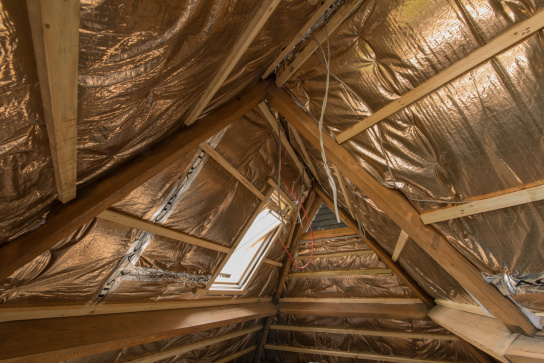
Loft insulation is a material installed in the space between the ceiling of the top floor and the roof of a building, commonly known as the loft or attic. It serves to reduce heat loss from the living space below, thus improving energy efficiency and helping to maintain a comfortable temperature inside the building.
Loft insulation can be made from various materials such as fibreglass, mineral wool, cellulose or foam boards, and it’s typically installed in the form of rolls, batts or loose-fill insulation.
But what makes each material stand out?
That’s what we’re going to find out next.
What is loft insulation made of?
PIR board
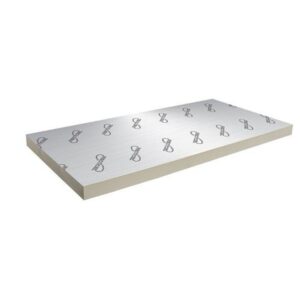
PIR (Polyisocyanurate) board insulation is a type of rigid foam insulation known for its excellent thermal performance and high resistance to heat transfer. It consists of a foam core sandwiched between two foil facings, providing both insulation and a vapour barrier in one product. PIR board insulation is lightweight and easy to handle, making it ideal for insulating lofts.
Phenolic foam

Phenolic foam insulation is a type of rigid foam insulation renowned for its excellent thermal performance and fire resistance. It is composed of phenolic resin, a type of synthetic polymer, and a blowing agent that creates a closed-cell structure, providing exceptional insulation properties. Phenolic foam insulation is lightweight, durable and offers high moisture resistance, making it suitable for use in lofts.
Glass fibre
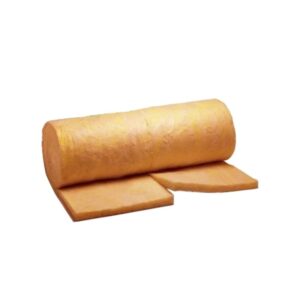
Glass fibre insulation, also known as fibreglass insulation, is made from fine glass fibre and is commonly used as a thermal insulating material. It is available in batts, rolls or loose-fill forms and is known for its lightweight and flexible nature. Glass fibre insulation is often used in lofts to provide effective thermal insulation between rafters or joists, helping to reduce heat loss and improve energy efficiency in buildings.
Sheep’s Wool
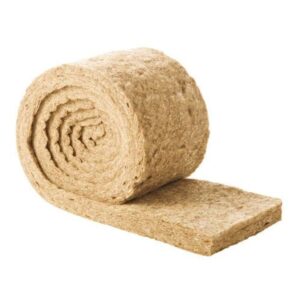
Sheep’s wool insulation is a natural and sustainable insulation material made from the fleece of sheep. It offers excellent thermal insulation properties, helping to regulate indoor temperatures and reduce heat loss in buildings. Sheep’s wool insulation is often used in lofts as it can be installed between rafters or joists, forming a continuous layer of insulation.
Hemp
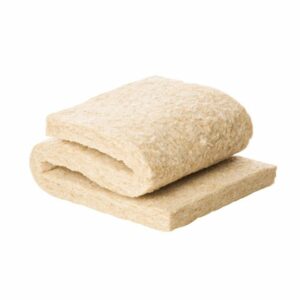
Hemp insulation is a natural, eco-friendly insulation material made from the fibres of the hemp plant. It offers excellent thermal insulation properties, helping to keep buildings warm in winter and cool in summer. Hemp insulation is typically available in batts or rolls and can be installed between rafters or joists in lofts or attics to create an effective barrier against heat loss.
Recycled polyester
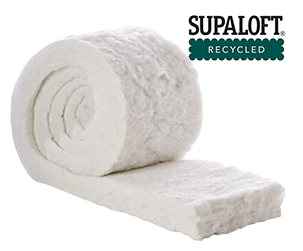
Recycled polyester insulation is an eco-friendly insulation material made from recycled PET (polyethylene terephthalate) plastic bottles or other polyester waste. It offers effective thermal insulation properties, helping to minimise heat loss and improve energy efficiency in buildings. Recycled polyester insulation is typically available in batts or rolls and can be installed between rafters or joists in lofts to create a continuous layer of insulation.
Foil-based
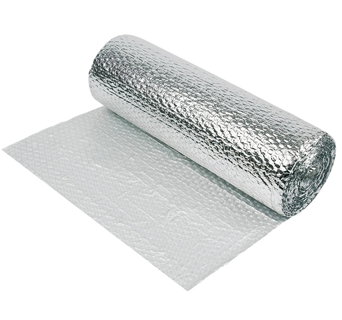
Foil-based insulation is a type of insulation material that incorporates a layer of reflective foil. This foil layer reflects radiant heat, helping to prevent heat transfer and maintain comfortable temperatures inside buildings. Foil-based insulation is often used in lofts to supplement other insulation materials, providing an additional barrier against heat loss and enhancing energy efficiency.
Stone wool
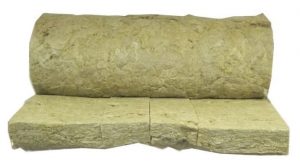
Stone wool insulation, also known as mineral wool insulation, is made from natural rock materials such as basalt or diabase. It offers excellent thermal insulation properties, helping to regulate indoor temperatures and reduce heat loss in buildings. Stone wool insulation is typically available in batts or rolls and can be installed between rafters or joists in lofts or attics to create an effective barrier against heat transfer.
Wood fibre
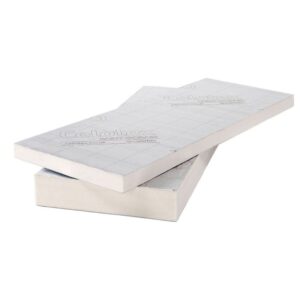
Wood fibre insulation is a natural and sustainable insulation material made from shredded wood fibres, typically derived from recycled wood or sustainably managed forests. It offers excellent thermal insulation properties, helping to regulate indoor temperatures and reduce heat loss in buildings. Wood fibre insulation comes in batts, boards or loose-fill forms
How should you choose the right material for your loft insulation?
From traditional glass wool to sustainable, renewable wood fibre insulation, each material and makeup of loft insulation has different benefits.
Here’s the scoop:
Mineral wool insulation, such as glass fibre and stone wool, provides excellent thermal performance, fire resistance and soundproofing properties but may irritate the skin during installation and can settle over time.
On the other hand, natural materials like sheep’s wool, hemp and wood fibre offer sustainable options with good thermal performance and moisture regulation, yet they can be more expensive and may require careful sourcing.
Then, recycled polyester insulation offers an eco-friendly solution utilising recycled materials, but its effectiveness may vary depending on the manufacturing process.
Next:
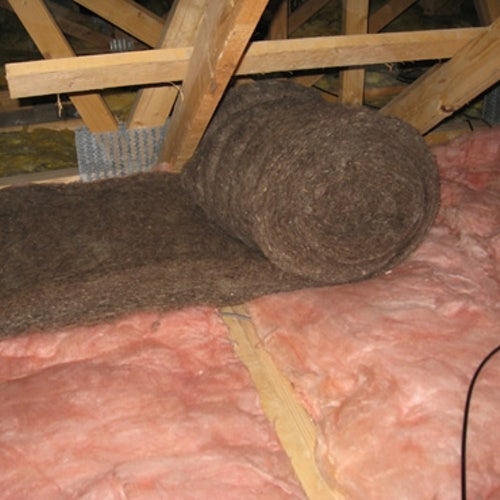
Foil-based insulation provides reflective properties to reduce radiant heat transfer, but it may require proper installation to maximise effectiveness and can be less effective in colder climates.
Finally, PIR and phenolic foam insulation offer high thermal efficiency and moisture resistance, yet they may be more expensive and have environmental concerns due to their petroleum-based origins.
At the end of the day, choosing the right loft insulation material depends on factors such as budget, environmental concerns, performance requirements and ease of installation.
The good news is:
Now that you know the answer to the question of ‘what is loft insulation made of’, you are in the best possible place to make the right choice for your specific needs.
To find out more about loft insulation, check out our Loft insulation buyer’s guide.



















